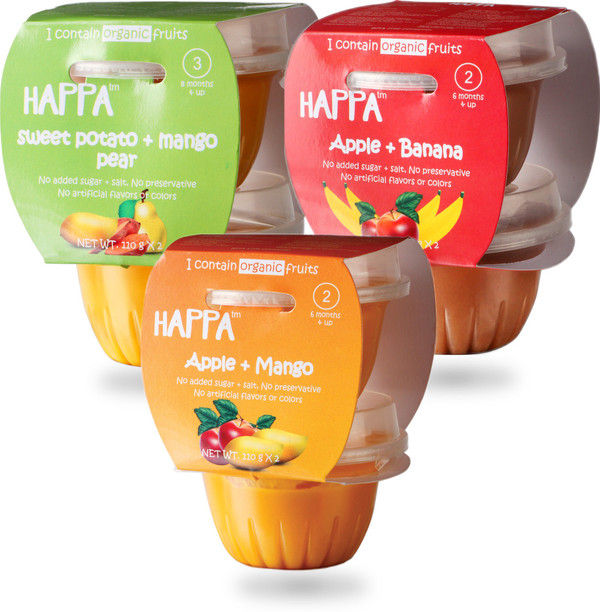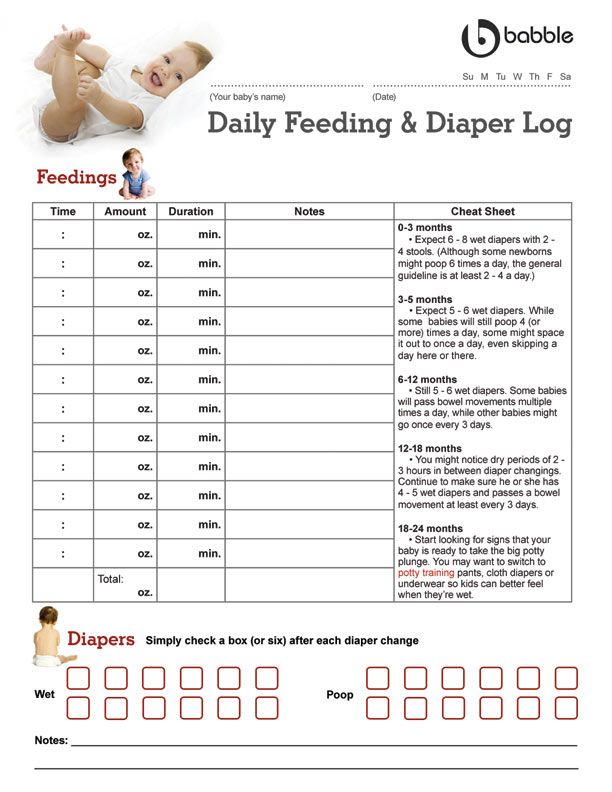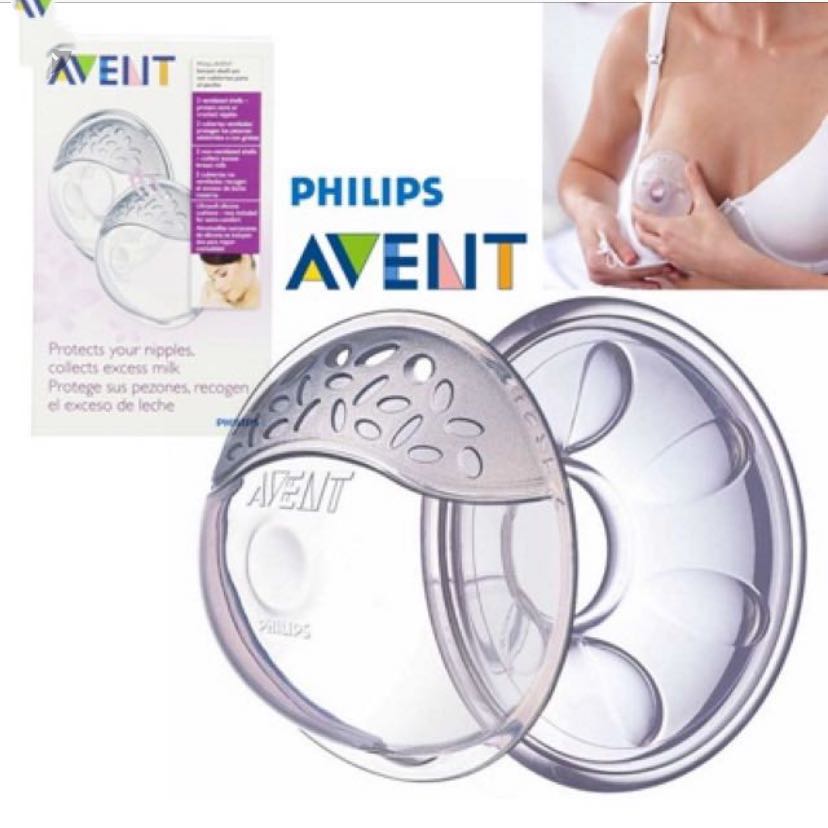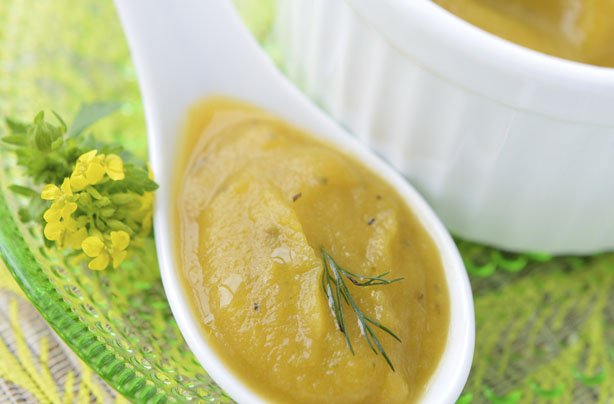Hypoallergenic foods for babies
Most & Least Allergenic Foods For Babies With Allergies
Food allergies in babies are something that many parents worry about. Not only are they scary, but they can make introducing solids challenging. Food allergies in babies can also go undiagnosed for quite some time, leaving you confused about what may be leading to the symptoms your baby is experiencing.
While some babies may be at a higher risk of developing food allergies due to family history, some babies may have no greater risk at all and still experience an allergic reaction to certain foods.
In this article, we will explore how to know if your baby is allergic to certain foods and some of the most allergenic and the least allergenic foods for babies. We will also talk about food allergy testing and some steps you can take if your baby suffers from food allergies.
Is My Baby Allergic to Certain Foods?
So, maybe you have been suspecting a food allergy due to certain symptoms your little one is experiencing. Many mommas just have a gut feeling when something isn’t settling well with their child. For some moms, the first indication of a food allergy starts in infancy. If your baby is breastfed and experiences reflux, eczema, blood in their stools, or fussy behavior, there’s the potential for an underlying cow’s milk allergy if dairy is part of the mom’s diet. The dairy can pass through breastmilk and cause allergic symptoms in a baby with a cow’s milk allergy.
Other babies don’t develop symptoms until moms start introducing solid foods. Again, gastrointestinal symptoms can arise, as can fussiness and irritability, eczema, and even some life-threatening reactions like anaphylaxis shock. There’s also a condition called FPIES which stands for Food protein-induced enterocolitis syndrome, which is a rare but severe food allergy that affects the gastrointestinal system. An FPIES reaction can cause intense vomiting, diarrhea, and even shock.
If your baby is experiencing any of these serious and potentially life-threatening allergic symptoms, it is crucial to get immediate medical attention and then follow up with a pediatric allergist to help identify the exact food or foods causing these symptoms.
Some other commonly seen symptoms of food allergies in babies include:
- Coughing
- Wheezing
- Difficulty breathing
- Facial, tongue, or lip swelling
- Rash
- Hives
Introducing Solid Foods to Babies with Food Allergies
If you suspect your baby suffers from food allergies or your baby has already been diagnosed, introducing foods can be challenging. However, working with a pediatric allergist can help you develop a safe plan for solid food introduction. It may also help to know the least allergenic foods for babies as these foods are less likely to trigger an allergic reaction. However, keep in mind that every baby is different, and a baby can be allergic to any food, whether it’s on this list or not! This is especially true for babies suffering from FPIES, so always speak with your doctor first.
Keep reading because we will take a look at some of the least allergenic foods and the most allergenic foods in babies.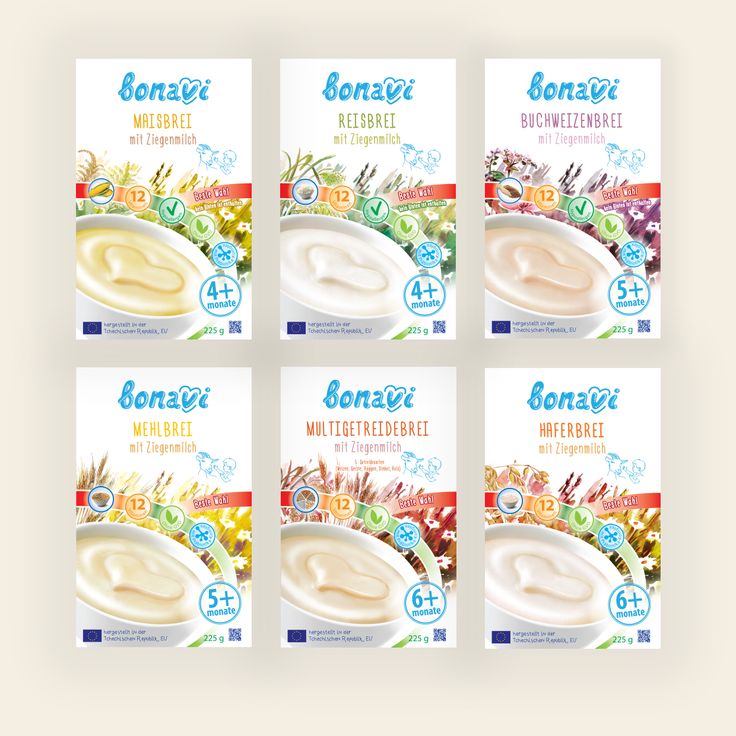
Understanding Allergies in Babies
Before we jump into the foods you will want to watch out for, there are some surprising statistics about infant food allergies that are important for every parent to know about. According to the Food Allergy Research and Education organization, 1 in 13 children have food allergies, and 30% of them are allergic to more than one food.
Food allergies in children are also skyrocketing. The CDC has estimated that food allergies in children have jumped up by 50% from the years 1997-2011. That’s a massive jump and something we need to be paying more attention to.
Many parents also wonder if their babies will outgrow their allergies. While many pediatricians tell parents that babies generally outgrow allergies to milk, the FARE (Food Allergy Research & Education) states that allergies to milk, eggs, wheat, and soy are generally resolved in childhood. Still, children are starting to outgrow these allergies at a much slower rate than what had previously been documented. This means that many children over the age of five have still not outgrown these allergies. Allergies to foods like peanuts, tree nuts, fish, and shellfish are generally not outgrown, and the child will likely have an allergy to these foods lifelong.
This means that many children over the age of five have still not outgrown these allergies. Allergies to foods like peanuts, tree nuts, fish, and shellfish are generally not outgrown, and the child will likely have an allergy to these foods lifelong.
Another interesting area of research has shown that the season your baby is born may also play a role in their risk of developing a food allergy. Interestingly enough, a study found that babies born in Boston in the fall or the winter were more likely to have food allergies. So, what does this have to do with? It was hypothesized that this likely had to do with low UVB exposure and not enough vitamin D. This one study concluded that changes in exposure to sunlight and vitamin D might play a role in the development of childhood food allergies. Interesting, right?
Least Allergenic Foods for Babies
Now that we know a little more about food allergies in babies, let’s take a look at some of the least allergenic foods for babies.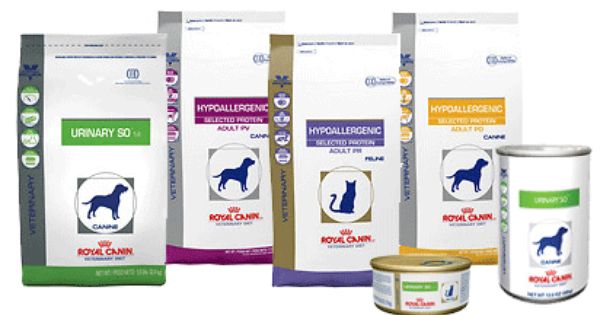 According to Dr. Sears, some of these foods include apples, avocados, broccoli, peaches, carrots, asparagus squash, sweet potatoes, rice, oats, chicken, turkey, lamb.
According to Dr. Sears, some of these foods include apples, avocados, broccoli, peaches, carrots, asparagus squash, sweet potatoes, rice, oats, chicken, turkey, lamb.
Homemade applesauce is often the very first food for babies. It is full of vitamin C and naturally sweet, so babies tend to love it! You can try using different varieties of apples to introduce new flavors. Homemade applesauce is also great for mixing with other fruits as well such as mangos and peaches.
PeachesAnother great fruit to start with are peaches. They are very sweet and can easily be made into a puree. They are also high in vitamin E, K, folate, and potassium.
AvocadosAvocados are another great first food. They are very high in monounsaturated healthy fats, rich in magnesium and fiber, and can be mashed for babies. Babies generally enjoy the mild flavor.
BroccoliBroccoli makes for a great first veggie.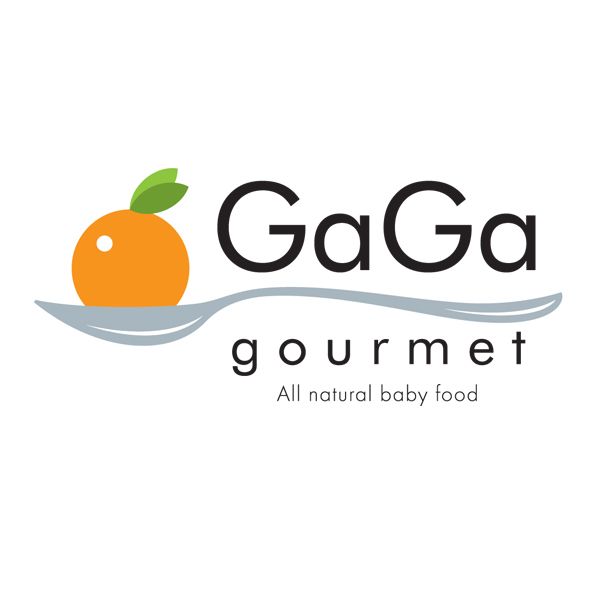 You can puree broccoli with some chicken broth for added flavor to provide your little one with fiber, folic acid, vitamin K, and C.
You can puree broccoli with some chicken broth for added flavor to provide your little one with fiber, folic acid, vitamin K, and C.
Carrots are often a go-to veggie for parents. They have a mild but sweet flavor that most babies enjoy. Carrots can be puréed for little babies and then steamed and served with chicken or turkey for older babies ready for finger foods. They are rich in beta-carotene, fiber, vitamin K, and potassium.
SquashButternut squash is a delicious vegetable to introduce your baby to. It makes a yummy puree and is packed full of fiber and vitamin B6.
Sweet PotatoesIf your baby likes butternut squash, they will likely enjoy sweet potato too. Sweet potatoes are rich in calcium, selenium, and B-vitamins making them an excellent addition to your little one’s diet.
Rice & OatsMany parents start with rice or baby oat cereal when starting solids.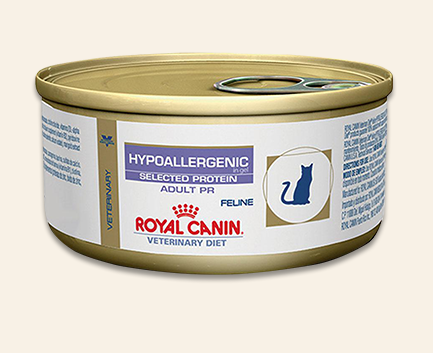 They are often fortified with iron and folic acid, but rice and oats are great additions in their whole and natural state when baby is older. Rolled oats mixed with banana and molasses is a great breakfast option for an added fiber and iron boost, and rice served with a protein like chicken or turkey also makes for a well-balanced meal for older babies who are ready for more solid foods.
They are often fortified with iron and folic acid, but rice and oats are great additions in their whole and natural state when baby is older. Rolled oats mixed with banana and molasses is a great breakfast option for an added fiber and iron boost, and rice served with a protein like chicken or turkey also makes for a well-balanced meal for older babies who are ready for more solid foods.
Chicken, turkey, and lamb are generally considered to be low allergenic foods for babies. If tolerated, these proteins can be alternated in your baby’s diet and served with a veggie and carbohydrate for a balanced meal.
Most Allergenic Foods for Babies
While some foods are generally well-tolerated, a handful of foods are commonly known to trigger allergic reactions. According to Dr. Sears, some of the most allergenic foods for babies include:
- Peanuts
- Nuts
- Coconut
- Eggs & egg whites
- Dairy
- Soy
- Wheat
- Shellfish
- Yeast
- Citrus fruits
- Corn
- Peas
- Tomatoes
- Pork
- Mustard
- Cinnamon
- Chocolate
- Berries
- Buckwheat
If your child suffers from food allergies, it may be best to avoid these foods until you work with an allergist to determine a plan to avoid introducing foods your child may react to.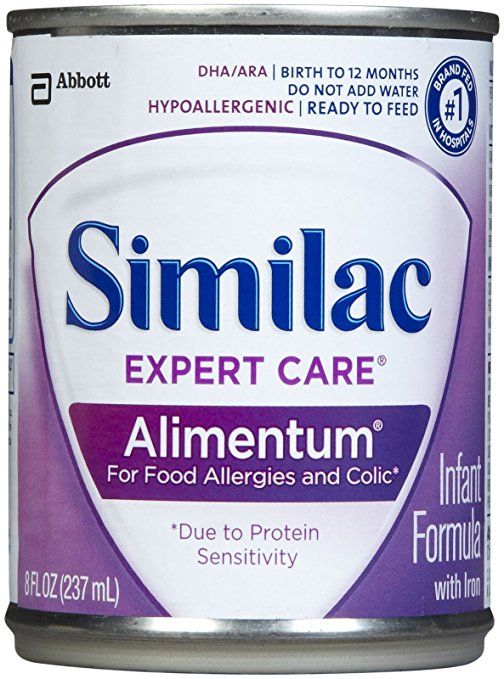
What to Do If You Suspect a Food Allergy
So, what do you do if you suspect your baby has a food allergy? First, you will want to avoid that food. Do not introduce the suspicious food or any other highly allergenic foods to your baby’s diet until you speak with your pediatrician.
There are also specific food allergy tests a pediatric allergist can perform to really pinpoint what foods are causing issues. These tests include a skin prick test which is often combined with blood work.
While baby food allergies are very scary, working with the right medical team and knowing exactly what foods to avoid can help make the transition to introducing solid foods a little less stressful.
Least Allergenic Foods For Babies With Allergies
So, I wanted to continue to share our experience with Lincoln’s allergies. After we had his allergy testing, we had to learn more about allergenic foods. From the least allergenic to the most allergenic, there are many options for children with even many allergies (like Lincoln)! After a lot of experimenting, we have found what works best for Lincoln, and I am going to share what we’ve learned so far.
Allergies in Babies
Baby allergies are actually much more prevalent today than they were even 30 years ago. Who else doesn’t remember any of the issues that seem to be so common today? I never remember seeing a “nut free zone” sign in my classrooms growing up. But, it’s estimated that 12% of children under 18 suffer from skin allergies, 10% from respiratory allergies and 5.7% from food allergies, according to the US Centers for Disease Control and Prevention (CDC). That is a pretty staggering amount, so it is definitely a common issue. Fortunately, with increasingly easy access to healthy foods, you can easily find tasty options for your little one.
Lincoln has many food allergies along with environmental allergies, and you can read more about our experience with allergy testing here. He is allergic to wheat, eggs, dairy, peanuts, almonds, cats, and dogs.
When it comes to finding foods for your child to eat, introducing food slowly is key. That means, try one food at a time. Give it a few days and see if there are any reactions. By slowly introducing new foods, you can more easily tell what food may be the culprit of an allergic reaction. As with any diet, eating healthy foods is always the safest bet. With Lincoln, we feed him fruits, veggies, and meat. We keep it really simple, and his eczema has dramatically improved. He doesn’t eat many processed foods because most of them contain foods he is allergic to, such as wheat or eggs. When in doubt, think about this: eat “close to the ground.” That means to eat as natural as possible – fruits, veggies, meat – food that isn’t processed and that doesn’t have many additives. These are the least allergenic foods for babies.
Give it a few days and see if there are any reactions. By slowly introducing new foods, you can more easily tell what food may be the culprit of an allergic reaction. As with any diet, eating healthy foods is always the safest bet. With Lincoln, we feed him fruits, veggies, and meat. We keep it really simple, and his eczema has dramatically improved. He doesn’t eat many processed foods because most of them contain foods he is allergic to, such as wheat or eggs. When in doubt, think about this: eat “close to the ground.” That means to eat as natural as possible – fruits, veggies, meat – food that isn’t processed and that doesn’t have many additives. These are the least allergenic foods for babies.
Fortunately for us, Lincoln eats just about everything. He goes through phases of disliking certain foods, but then he will love them a week later. My advice is to just keep trying! Even if your child doesn’t like a food, keep putting it in front of them. Apparently it takes at least seven times for a kid to really give a food a chance.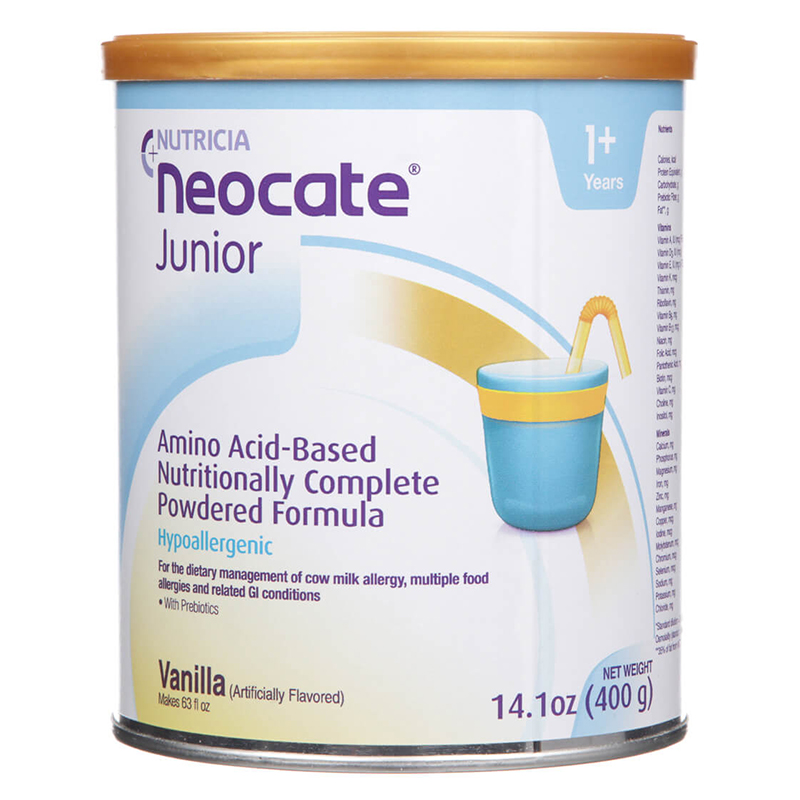 Don’t give up! Also, because he can’t really eat the “good stuff” aka bread and sweets, he doesn’t know what he is missing!
Don’t give up! Also, because he can’t really eat the “good stuff” aka bread and sweets, he doesn’t know what he is missing!
Lincoln’s typical meals look like this:
Breakfast: organic oatmeal with berries (raspberries, blueberries, blackberries) and banana. I also sprinkle in some cinnamon, too, because it has ample health benefits. Read more here!
Lunch: Meat, Veggie, Carb, Fruit
Example: Turkey patty (See recipe below), steamed broccoli, sweet potatoes, organic applesauce
Dinner: Meat, Veggie, Carb, Fruit
Example: Gluten-free chicken nuggets, green beans, roasted potato, grapes
Snack Ideas: Rice chex, organic applesauce, bananas, fruit cups, soy yogurt, rice cakes (these are such a fun shape and easy for kids to grab and eat on their own!)
“Milk” – Our pediatrician recommended giving him Ripple Milk, which is a plant-based milk made from peas. It is really high in protein and healthy. Lincoln loves it! My husband and I have tried it…and it kind of tastes like dirt haha. Soy milk is also an option, but our pediatrician doesn’t like to give boys too much soy because of the levels of estrogen in it. Rice milk is not very nutritious, and Lincoln is allergic to almonds, so we avoid that, too. However, almond milk is a great alternative if your child isn’t allergic because it has a lot of protein!
Soy milk is also an option, but our pediatrician doesn’t like to give boys too much soy because of the levels of estrogen in it. Rice milk is not very nutritious, and Lincoln is allergic to almonds, so we avoid that, too. However, almond milk is a great alternative if your child isn’t allergic because it has a lot of protein!
Turkey Patty Recipe
This recipe is perfect to make in big batches and freeze so you can heat up one every day.
Ingredients
- 1lb ground turkey
- 2 cups spinach (you can also mix in kale if you have it!)
- ½ onion
- 1 cup carrots – any veggie works here, add more if you want! I just use what I have on hand.
- 2 tbs rice flour
- 1 tbs canola oil
- Salt & Pepper
Directions
- Preheat oven to 400 degrees.
- Use food processor to chop up spinach, onions, and carrots into a fine mixture.
- Dump mixture into bowl with ground turkey and mix together with rice flour, canola oil, and salt and pepper (I use a pinch of each).
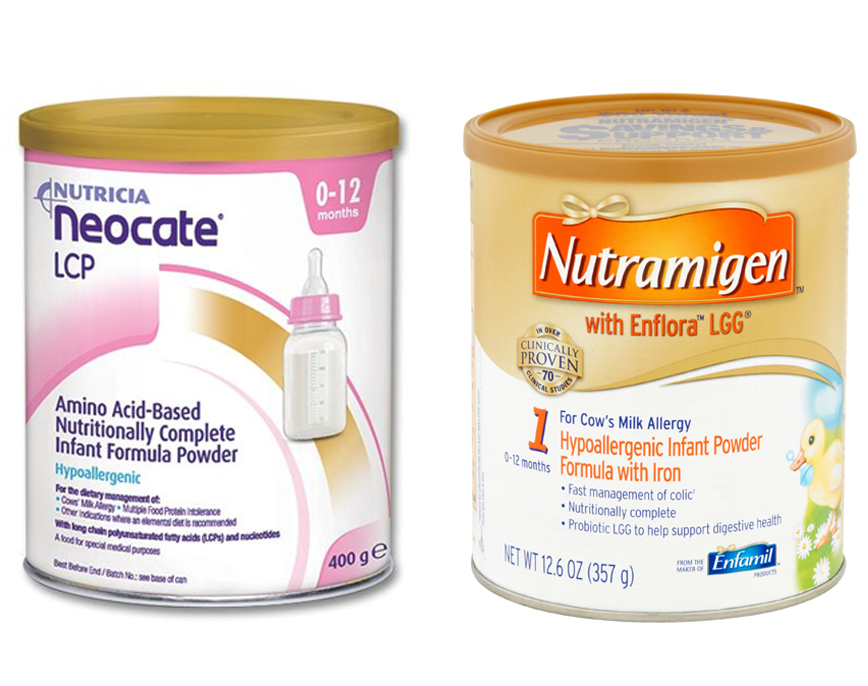
- Line baking pan with tin foil and make small patties.
- Bake on 400 for about 25-30 minutes. I start to check around 25 minutes.
- Once done, cool and place in gallon storage back in freezer.
- To warm, microwave for 30 seconds and serve.
Most Allergenic Foods for Babies
The most important thing to do is ask your pediatrician about which foods should be tried and when. There is some debate on when to introduce your children to high-risk foods. Some say introducing a child earlier to the food helps reduce the allergy from developing. Others warn about introducing certain foods too soon. As always, ask your doctor!
There are some children who have a higher risk of having food allergies. Like Lincoln, children who have eczema are more likely to develop food allergies. Another risk indicator for children with allergies is a family history of food allergies. If a parent or sibling has allergies, there is a higher chance your child may also develop a food allergy.
The top eight allergy foods are:
- Cow’s Milk (most children will grow out of this one by 12 months)
- Egg (most children will grow out of this one)
- Peanuts
- Tree nuts (such as walnuts or almonds)
- Fish
- Shellfish
- Soy
- Wheat
Typical reactions from food allergies:
- Hives or welts
- Flushed skin or rash
- Face, tongue, or lip swelling
- Vomiting and/or diarrhea
- Coughing or wheezing
- Difficulty breathing
- Loss of consciousness
Obviously, some of these are much more serious than others. However, if you are ever unsure of what to do, call 911! Fortunately for us, Lincoln’s reactions are not life-threatening. They range from eczema flare ups to a runny nose to vomiting. Not that having a baby vomit is easy, but it certainly isn’t life-threatening.
Let me know what you think about baby allergies! Do any of your children have allergies? Let me know what foods they like in the comments!
Hypoallergenic universal diet - menu, list of prohibited and allowed foods, rules
Of course, in the presence of food allergies, confirmed by clinical diagnostic studies, the doctor prescribes a specialized diet. But there is also a non-specific hypoallergenic diet approved by Russian doctors. It can be observed regardless of the nature of the allergen (household, insect, medicinal) to reduce the burden on the body and speed up recovery. Including with atopic dermatitis, which often worsens in the winter. nine0003
But there is also a non-specific hypoallergenic diet approved by Russian doctors. It can be observed regardless of the nature of the allergen (household, insect, medicinal) to reduce the burden on the body and speed up recovery. Including with atopic dermatitis, which often worsens in the winter. nine0003
Prohibited products
According to the degree of allergenicity, all products can be conditionally divided into high, medium, and low allergenic.
First of all, it is necessary to exclude all fried, smoked, salty, spicy, as well as meat and fish semi-finished products - cutlets, sausages, fishburgers, sausages, as they contain a large amount of flavoring and aromatic additives, stabilizers.
List of prohibited products:
- Citrus fruits (oranges, tangerines, lemons, grapefruits).
- Nuts (hazelnuts, almonds, peanuts).
- Fish, seafood and fish products (fresh and salted fish, fish broths, canned fish, caviar).

- Poultry (goose, duck, chicken) and products thereof.
- Chocolate and chocolate products.
- Coffee.
- Smoked products.
- Vinegar, mustard, mayonnaise and spices.
- Horseradish, radish, radish. nine0018
- Tomatoes, eggplants, red peppers.
- Eggs and milk.
- Strawberry, wild strawberry, pineapple, grape, melon, watermelon and other red and orange fruits.
- Pastry products, yeast.
- Med.
- Alcoholic beverages.
Approved Products
The preferred method of cooking while following a hypoallergenic diet: baking, boiling, stewing with a minimum amount of oil. nine0003
Instead of coffee, drink rosehip broth, weak tea and water without gas. To control your diet, keep a food diary and write down everything you eat during the day.
List of allowed products:
- Lean beef meat, boiled.
- Cereal and vegetable soups (vegetarian, on secondary beef broth).

- Olive oil, sunflower.
- Boiled potatoes. nine0017 Kashi (buckwheat, hercules, rice).
- Natural yoghurts without additives, cottage cheese, curdled milk, fermented baked milk.
- White rennet cheeses.
- Fresh cucumbers, parsley, dill.
- Baked apples.
- Tea, sugar.
- Dried fruit compote, except raisins.
- Whole grain bread, crispbread.
Laboratory diagnosis of allergies
It is recommended to follow a hypoallergenic diet for at least 7-8 days. And if at the end of this period there is no noticeable improvement, you need to consult a doctor and perform a series of laboratory tests. They will help to establish the true cause of the allergy and differentiate it from intolerance. nine0003
For this, CITILAB has a number of studies:
58-E-112 - Allergochip ImmunoCAP® ISAC. This is the first in vitro multiplex test for adults and children (including children under one year old) that detects IgE antibodies to 112 allergenic components from 51 sources in one study.
22-20-117 - Immunoglobulin E (IgE).
53-20-100 - Phadiatop Infant ImmunoCap.
53-20-110 - Fadiatop inhalation (Phadiatop Infant ImmunoCAP). nine0003
53-20-002 - Cationic protein of eosinophils.
Be healthy!
Allergy Child's Diet - Allergy and Asthma Treatment at Allergomed
The birth of a child is a joy for every family and, of course, parents want their child to grow up healthy, especially those who themselves suffer from allergic diseases.
BREASTFEEDING
Breastfeeding is essential to keep your baby less sick. What gives breastfeeding? It not only improves bowel function, forms the correct bite, protects against infectious diseases, but also strengthens the emotional bond between mother and child. nine0003
When a mother is breastfeeding, she must follow certain nutritional rules: exclude milk, replacing it with sour dairy products, and limit the consumption of chicken, fish, citrus fruits, nuts, cocoa coffee, because these products most often cause allergies. If the baby gains enough weight while breastfeeding, then the first complementary foods can be introduced at 6 months.
If the baby gains enough weight while breastfeeding, then the first complementary foods can be introduced at 6 months.
With a decrease in mother's milk, it is better to use non-traditional methods of treatment: homeopathy and reflexology. nine0003
FORMULA FEEDING
Formula-fed infants must receive formula. If the baby did not have any manifestations of allergies, then hypoallergenic mixtures are used (Humana, Nan GA, Hip GA), in the presence of allergic manifestations, the so-called hydrolysates (Alfare, Nutramigen, Pregestemil). Allergic reactions are caused by proteins.
In special mixtures, they are broken down into smaller components that no longer cause allergies. Parents need to remember that the new mixture is introduced gradually, adding 20 ml to each feeding. Thus, the introduction of a new mixture will take 5-7 days. nine0003
In recent years, soy allergy has become more common. Since soy inclusions are included in many products, soy mixtures are not recommended as substitutes for women's milk during artificial feeding.
Recently, a lot of various canned baby food has appeared. When choosing canned food for your baby, pay attention that green apple juice is included as a natural preservative, and not ascorbic acid or lemon juice.
PREVENTION OF FOOD ALLERGIES
In children of the first year of life, cow's milk, chicken egg (protein), fish and cereals (wheat, corn, barley, less often rice and buckwheat) cause allergies. For the prevention of food allergies in children under 1 year of age, cow's milk is excluded, up to 1.5 years - chicken eggs, fish and seafood, up to 3 years of age - nuts.
It should be noted that children do not have “accumulation allergies”, after using the “guilty product”, allergy manifestations develop within a few minutes up to 4-5 hours. nine0003
FOOD FOR OLDER CHILDREN
Older children also need to follow certain dietary guidelines.
All food products can be conditionally divided into three groups according to allergenicity: high, medium and low degree
- First - (high degree of allergenicity): eggs, fish, seafood, caviar, wheat, rye, carrots, tomatoes, celery , bell pepper, wild strawberry, strawberry, raspberry, citrus, kiwi, pineapple, mango, coffee, cocoa, chocolate, mushrooms, nuts, honey, pomegranate, persimmon, melon; nine0018
- Second - (moderately allergenic): whole milk, butter, beef, chicken, buckwheat, oatmeal, potatoes, beets, peas, soybeans, apricots, peaches, cranberries, bananas, dark red cherries, rose hips , blueberries, lingonberries, black currants;
- Third - (low allergenicity): sour dairy products, horse meat, rabbit meat, lean pork, lean lamb, pearl barley, millet, refined vegetable oil, green varieties of apples and pears, white and red currants, yellow and white cherries, yellow varieties of plums, gooseberries, zucchini, squash, cucumbers, cabbage, corn, parsley, dill; nine0018
Despite the conditional division of products into degrees of allergenicity, it is recommended to start expanding the child's diet with products of the third group, gradually adding products from the second group and lastly from the first. Parents should be careful and exclude exactly those products that caused an allergic reaction. It must be remembered that the diet can not permanent. With age, the child's diet should be expanded.
Parents should be careful and exclude exactly those products that caused an allergic reaction. It must be remembered that the diet can not permanent. With age, the child's diet should be expanded.
It must be emphasized that products such as chocolate, fish, citrus fruits, strawberries, egg white, tomatoes, when used, can cause the formation of active substances that cause allergic reactions. The composition of a number of products, such as soy, spinach, Gouda cheese, Cheddar, canned food, tomatoes, corned beef, sauerkraut, tuna, mackerel, includes histamine - the main "culprit" of allergic reactions. nine0003
Some foods should be completely excluded from the diet of a child with an allergy, regardless of age: chewing sweets and gums, sauces, fruit juices, soft drinks, instant soups, confectionery, yogurt, jams, ice cream if they contain industrial dye - tartrazine (E 102).
Parents often try to adjust the child's diet on their own and their views on this problem are completely opposite.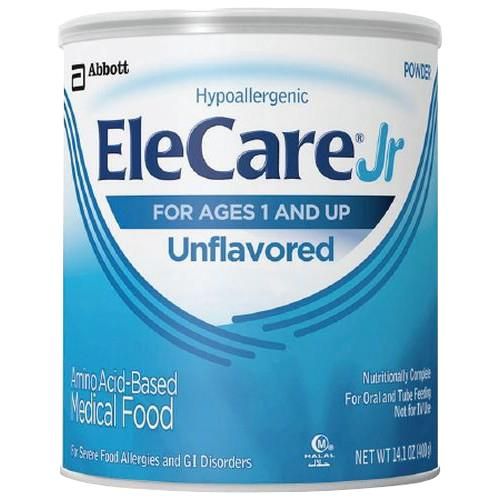
Some of the parents believe that the child should be on the strictest diet, leaving the child literally "on water and cabbage." At the same time, they do not take into account the fact that a child is a growing organism, therefore he needs “building materials” for normal growth and development, as well as the fact that with age the list of “forbidden foods” decreases. So, for example, milk allergy is most typical for children under 1.5 years old. If at an older age the child has any health problems when drinking milk and dairy products, this is most likely a gastroenterological disease and further dietary correction should be discussed with a gastroenterologist. nine0003
Some parents, on the contrary, allow the child to eat literally everything, citing pity for the child. Of course, if the doctor recommends excluding any products from the diet, they should not be on the general table so as not to cause the child to feel “inferiority”, but strict adherence to the diet should be mandatory at a certain stage of treatment.


